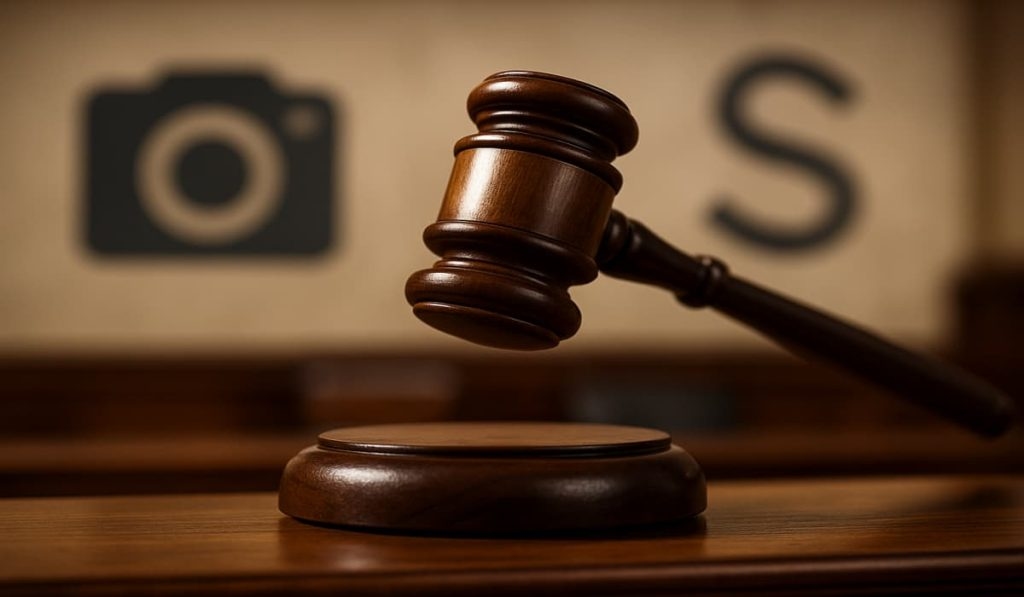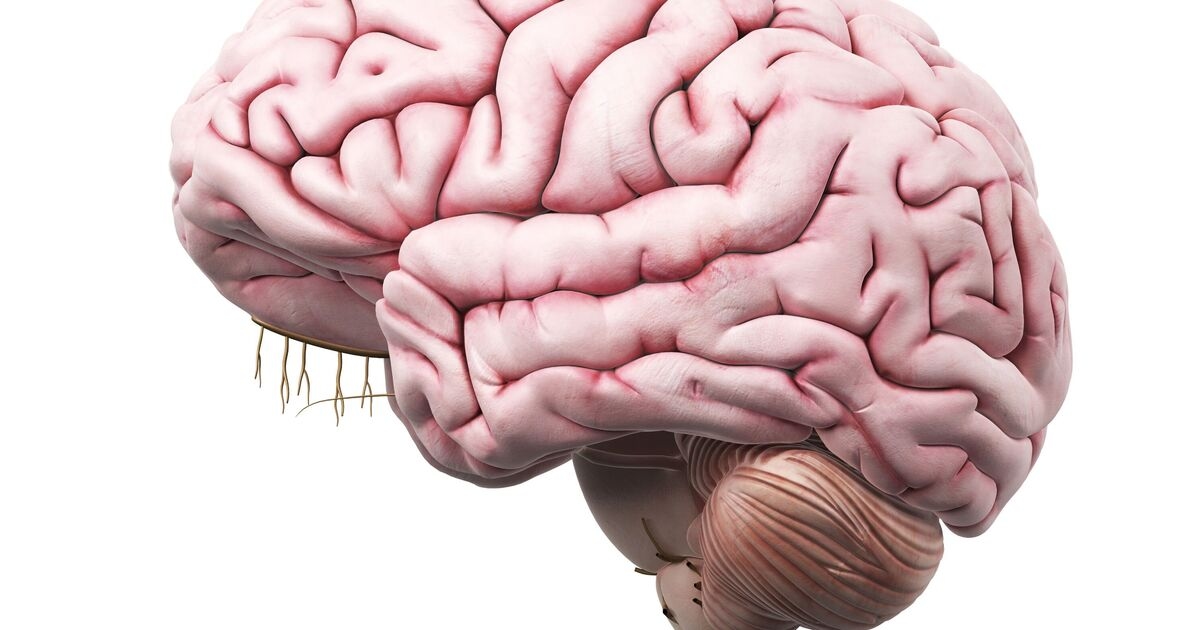UK Court Delivers Split Verdict in Getty Images vs. Stability AI Case

In January 2023, Getty Images filed a major lawsuit in the UK High Court against Stability AI, an artificial intelligence company which develops and releases open-source generative AI models, most famously the Stable Diffusion text-to-image model.
In the lawsuit, Getty alleged that Stability AI used millions of its copyrighted photographs and associated metadata without permission to train the generative model Stable Diffusion. Getty further claimed that the AI model’s outputs sometimes reproduced Getty’s content (or substantial parts thereof) and that those outputs included Getty’s watermark or trademarks.
Additional claims included trademark infringement (use of Getty/iStock marks), database rights infringement, and “passing off” (i.e., the suggestion that AI‐generated images were endorsed by or created by Getty).
Simply put, Getty’s lawsuit aimed to hold Stability accountable for how its model was trained, what output it produced and how that related to its intellectual property.
In response, Stability AI defended its position by arguing that the training took place outside the UK, that users’ prompts were responsible for output similarity, and that the watermark/trademark claims lacked the “in the course of trade” context.
Today, November 4th, 2025, after two years of arguments; the court released its verdict, marking a split outcome where Getty Images won narrowly on trademark grounds while Stability AI prevailed on the major copyright claims.
Mid-trial, Getty dropped its primary copyright infringement claim revolving around the training of Stability’s model on Getty’s images. The reason stated by the company includes evidential and jurisdictional difficulties proving that the alleged copying/training occurred under UK law. Because of that, the court did not decide whether the model training itself infringed Getty’s copyrights in full.
Remaining claims and judgmentThe case proceeded on the trademark claim (use of Getty watermarks in outputs), database rights, secondary copyright infringement (making available an “article” containing infringing works), and passing-off.
When the judgment was delivered, the court, presided by High Court judge Mrs Justice Joanna Smith, found that Getty succeeded in part on the trademark claim that the inclusion of Getty’s watermarks in AI-generated images was found to infringe the Getty mark.
The secondary copyright infringement claim was, however, dismissed, and since the broader copyright-training claim had already been abandoned, it was not adjudicated.
On the one hand, Getty did secure a legal victory on trademark infringement. That means it proved that its watermarked trademarked images were reproduced in generated outputs, and that gave the company a concrete win.
On the other hand, Getty failed to get a ruling on its main copyright claims (training and output reproduction) because those were either dropped or dismissed. Thus, in the overall sense, Getty largely lost the aims it had pursued.
“Today’s ruling confirms that Stable Diffusion’s inclusion of Getty Images’ trademarks in AI‑generated outputs infringed those trademarks. Crucially, the Court rejected Stability AI’s attempt to hold the user responsible for that infringement, confirming that responsibility for the presence of such trademarks lies with the model provider, who has control over the images used to train the model. This is a significant win for intellectual property owners,“ Getty Images said in a statement.
Stability avoided liability for the larger copyright claims and defeated the secondary copyright claim. It did lose on the trademark count. So while Stability had a “partial loss”, relative to the threat Getty posed, it largely won. Simply put: Getty won a narrow win (trademark) but lost the bigger fight (copyright). Stability lost a narrow bit but won the main battle.
Simon Barker, Partner and Head of Intellectual Property at law firm Freeths, commented on the court ruling, stating that “This is an interesting case where intellectual property meets AI. The High Court has drawn a line to say that training an AI model on copyright works, without storing or reproducing those works in the model itself, does not amount to secondary copyright infringement under UK law. AI developers can take some comfort from the case that the mere act of training on large datasets will not, of itself, expose them to liability for copyright infringement in the UK.
Expanding on the implications for AI companies, Barker explained that “The judgment also serves as a warning that if AI-generated outputs reproduce protected trade marks, for example, where they appear as watermarks, in a way that could confuse people, then they will risk infringing those trade marks. Each case will turn on its own facts, and rights holders will need to evidence a likelihood of confusion or association with the relevant trade mark to succeed.”
“The judgment strikes a balance between protecting the interests of creative industries and enabling technological innovation. It is likely to influence both future litigation and policy debates on AI and intellectual property, not just in the UK but internationally,” Barker added, reflecting on the broader significance.
Iain Connor, Intellectual Property Partner with national law firm Michelmores, said: “The most significant AI case to reach the English High Court has been decided and has turned out to be a massive damp squib.”
Explaining how the case unfolded, Connor noted that “during the trial, Getty Images dropped its important ‘Training and Development Claim’ on jurisdictional grounds because it accepted that none of the Stability AI model’s learning took place within the UK jurisdiction.”
He went on to clarify that “given the jurisdictional problem Getty Images faced (and ultimately acknowledged), the judge had no opportunity to rule in general terms on the lawfulness of AI’s use of copyright-protected ‘input materials’ and whether an AI model’s ‘output’ infringed such copyrights.”
According to Connor, “the decision leaves the UK without a meaningful verdict on the lawfulness of an AI model’s process of learning from copyright materials. He also pointed out that “the more technical database right case died with the primary copyright case.”
Discussing the failed arguments, he explained that “the question of whether an AI system is inherently unlawful if trained on third-party copyright materials also failed. This was a highly technical ‘secondary infringement’ claim which failed because the AI model, Stable Diffusion, did not store or reproduce any works protected by copyright. This should be contrasted with the US legal case involving Anthropic, which settled for $1.5 billion because Anthropic admitted that it retained copies of authors’ works without permission after it had trained its AI.”
He acknowledged that there was a limited success for Getty, stating that “there was a small win for Getty Images in that it was held that Stability AI infringed Getty Images’ trade marks by including Getty Images’ and iStock’s watermarks on its final AI images. However, this will provide Getty Images with little solace.”
“The legal community still waits with bated breath for a judgment to rule on the legality or otherwise of the training and use of AI models. The case does nothing to answer the ‘big tech vs creative industries’ argument, but Getty Images’ share price rose on Friday on the back of an AI licence deal it struck, which suggests that both sides believe it is better to do commercial deals than seek to resolve the issues through the courts,” Connor concluded
Nevertheless, the battle between Getty Images and Stability AI ends with a mixed outcome. Getty secured a legal victory on trademark grounds, but it fell short of securing a broad copyright ruling. Stability AI avoided liability for the core copyright claims but did lose on the trademark front. The ruling provides some clarity but leaves many of the most difficult questions, training data, output similarity, and global jurisdiction unresolved.
HackRead




